High speed trains are no new concept. My first introduction to the idea came at an early age while watching the cartoons Astro-Boy and Mega Man. Both shows portrayed futuristic cities with floating railways made for high speed trains. Now levitating tracks may still be a ways off but we are living in a time ripe for high speed railways.
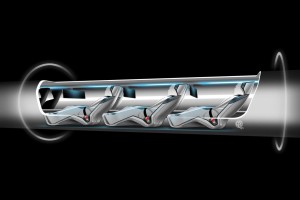
The first electric powered trains and tracks were developed in Germany when the, then Prussian, state railway joined forces with ten electric and engineering companies. Together they electrified forty-five miles of military railway, sent a railcar traveling at 128.4 mph (206.7 km/h) and proved the validity of the electronic rail system.
Today electronic railways are in use all around the world and have given way to machines capable of traveling at much higher speeds thanks to the use of magnets. The worlds fastest magnetically levitated (maglev) train travels around 350 mph (500 km/h). Currently, South Korea was making moves to open their first maglev line in June of 2015 but have not yet been able to unveil the train to the masses for public use. Their maglev will transport passengers from Incheon Airport with the city of Yongyu.
Unlike Asian and European countries looking to further develop maglev rail lines the United States has been looking for alternate solutions to their congested highways and airways. Could South African inventor Elon Musk hold the key to the United States traffic problem?
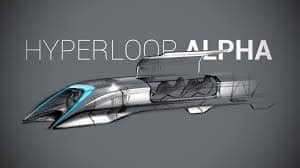
Elon Musk and the Hyperloop Railway
Elon Musk emerged onto the scene when he brought paypal to the market place and later sold the company in 2002 for $1.2 billion. Musk quickly formed his next two ventures Tesla Motors, Inc. (NASDAQ:TSLA) and SpaceX both of which came under heavy scrutiny from critics right away.
However, Tesla Motors, with it’s factory in Freemont, California has become the most well know electric automobile manufacturer in the world.The company’s Model S luxury sedan is Tesla’s first big success in the EV market. With the Model X scheduled for release this fall and a more affordable Model 3 coming to market in 2018, Musk has taken the auto world by storm. SpaceX manufactures its space ships in Hawthorne, California. The company is already sending its Dragon spacecraft to the International Space Station on re-supply missions. Musk also has plans to send humans to mars, but before he does that there is the Hyperloop.
Musk’s idea for a Hyperloop rail way, which Musk refers to as the fifth form of modern transportation, connecting Los Angeles and San Fransisco would greatly detract from the time it would take to travel from one west coast city to the other. Projected to travel at speeds nearing 750 mph (1,200 km/h) a train leaving Los Angeles would arrive in San Fransisco only 30 minutes later. This would be revolutionary for those who desire to live in LA but work in SF or vice versa. Musk and the Hyperloop would achieved these types of theoretical speeds by creating a vacuum for the train to move through.
Musk’s Hyperloop is Expensive – and Maybe Dangerous
Here, however, is where things get tricky. With high speed comes high risk. The vacuum tunnel would have to be manufactured to very specific tolerances. Any type of structural damage could lead to an air leak or track separation causing the whole system to fail resulting in a devastating crash. Musk has planned to build a test track in California. At only five miles long the test tracks construction is estimated to cost close to $100 million. Leaving many to think the reality of the concept may be a bit out of reach. The cost to build a suspended track along 400 miles of the 5 freeway would cost approximately $8 billion according to Musk’s calculations. Though this may seem like a steep bill it is nothing compared to the California High-Speed Rail Authorities quote of $67.8 billion to construct a conventional high speed railway up and down the western coast. Better yet Musk has predicted the cost of a trip to be only $20 per passenger making the Hyperloop an affordable means of transport not just a fancy luxury for the well off.
Despite the risks involved in the construction and operation of the Hyperloop such a railway would benefit many commuters and hopefully limit the amount of time spent sitting in traffic on highways as well. Unfortunately testing of the Hyperloop track has not yet begun and the final railway may not be completed for another twenty years.

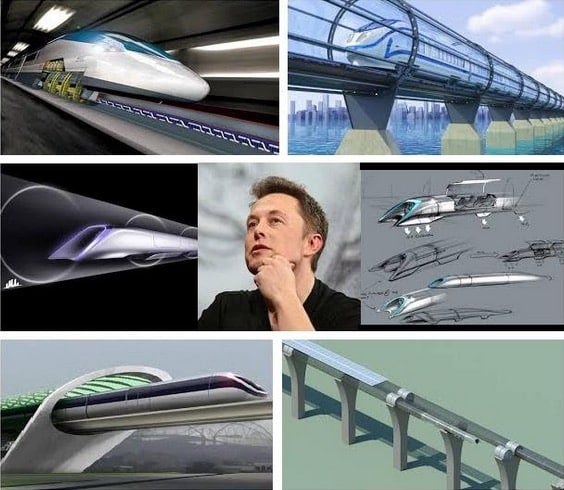
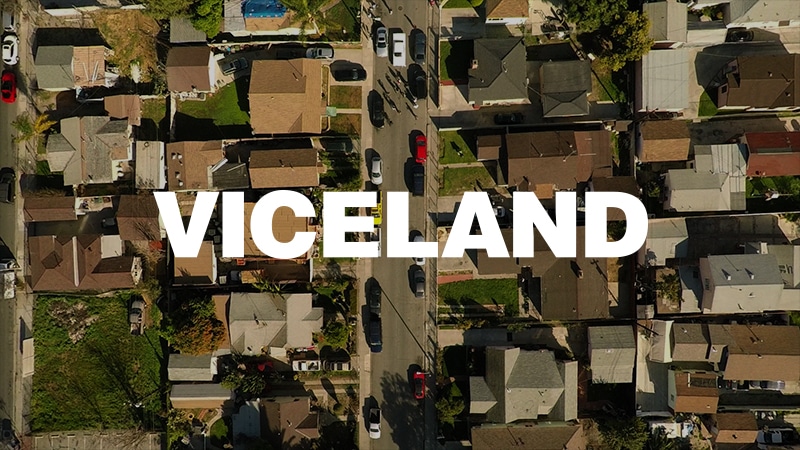








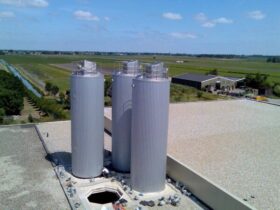

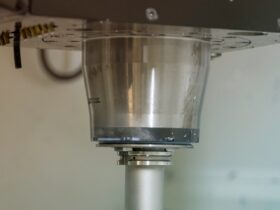
“South Korea is making moves to open their first maglev line in June of 2015”
Article published July 2015.
Wtf? Did you even read what you published?
You haven’t actually read what the Hyperloop is have you? It’s not a vacuum tube. It’s a wind tunnel.
Also, “electronic” isn’t the same as “electric.”